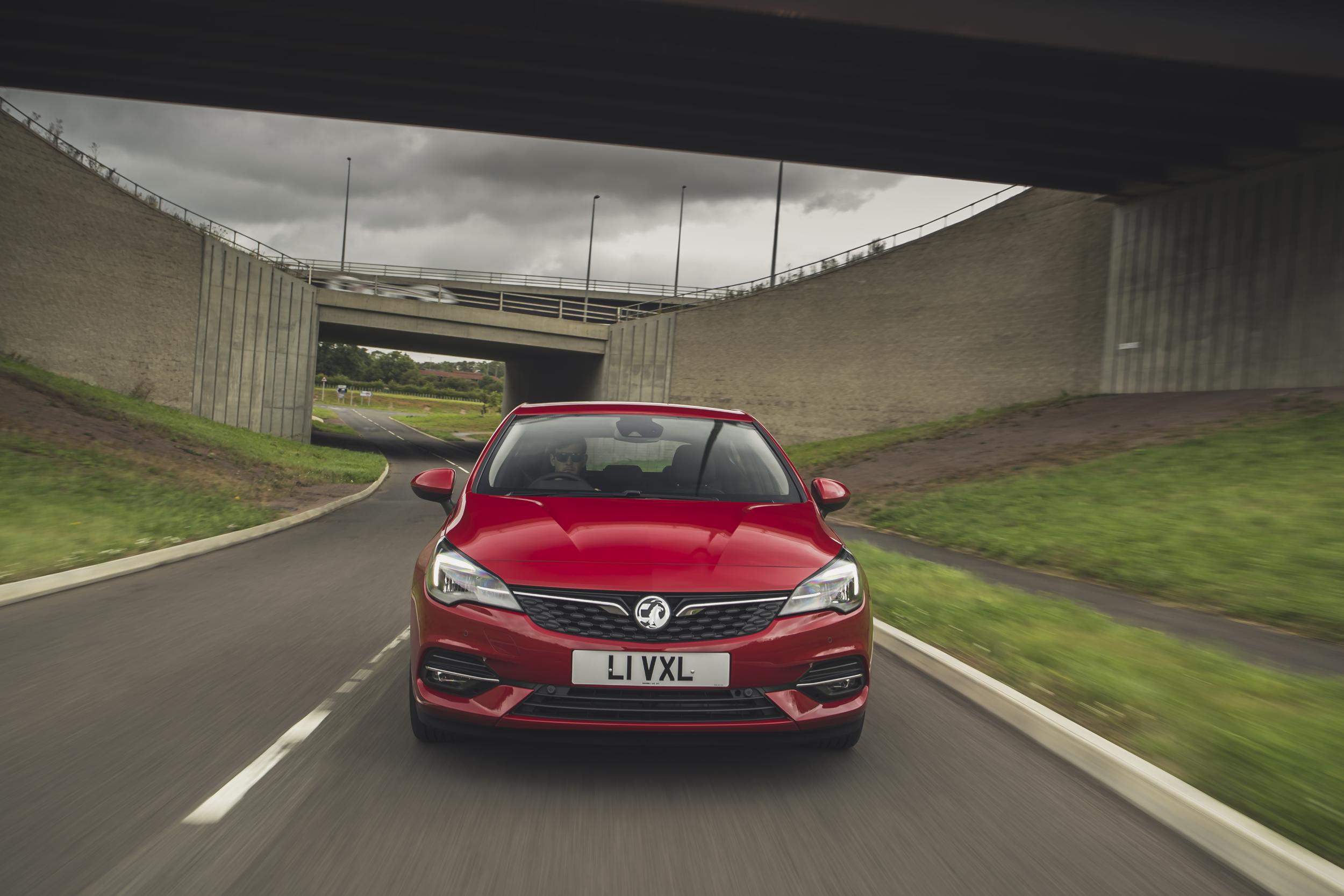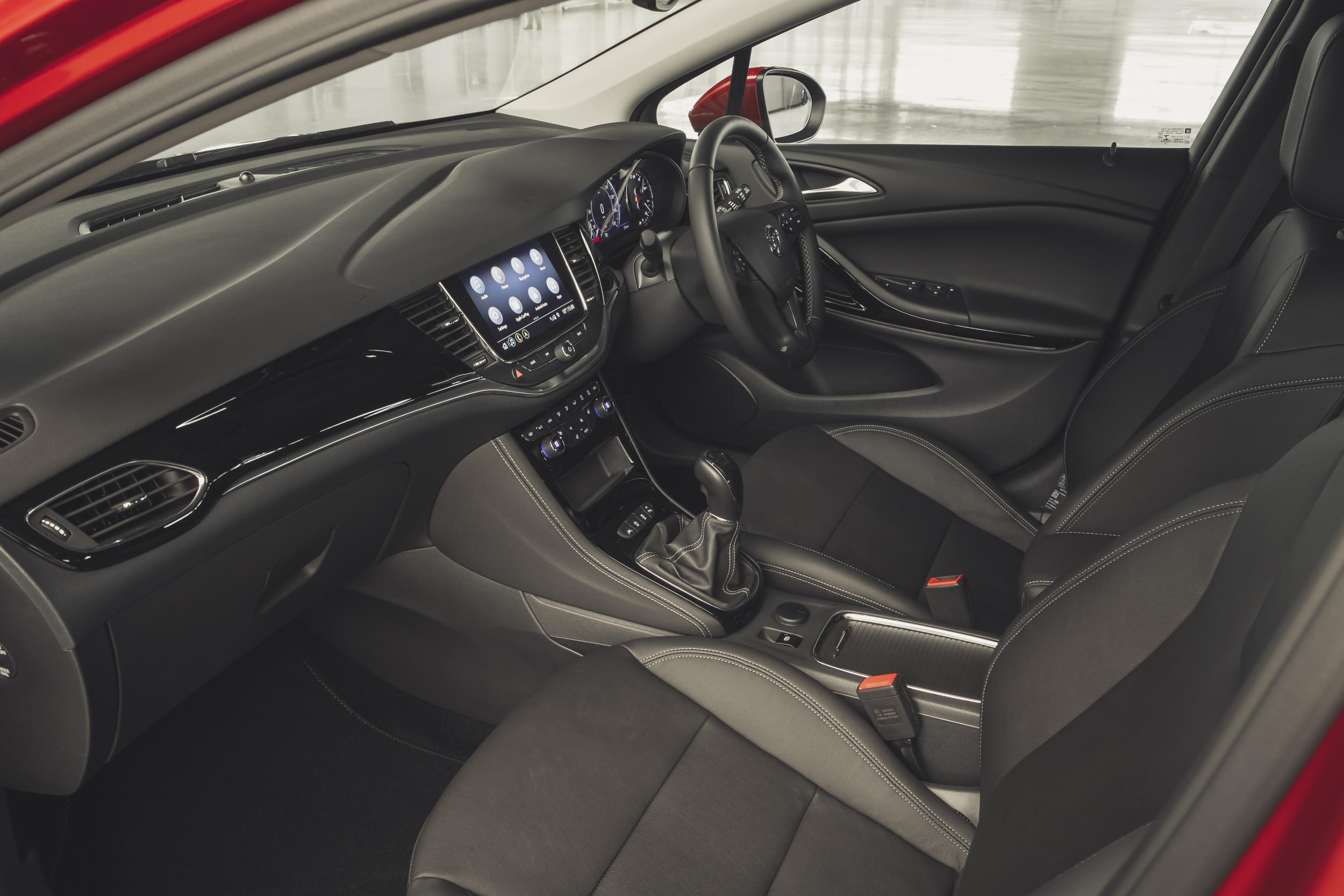
Vauxhall Astra. No disrespect, but it’s not a phrase that quickens the pulse. The very ubiquity of the Astra has maybe been a bit of its undoing, among private buyers at least. After 40 years maybe we’re a bit bored by it, and too inclined to overlook its virtues. Taken for granted; familiarity breeds contempt... that sort of thing. Some 80 per cent of Astra sales are now to fleets rather than direct to private consumers using their own cash to buy or, more often, lease one. So the public really do seem to have become indifferent, at best, to the Vauxhall badge.
“British brand since 1903” goes the current advertising slogan; but, of the range from Corsa to Grandland X, only the Astra and the Vivaro van/people carrier are actually made in Britain, and much of their technology was engineered by sister operation Opel – which was the other arm of General Motors Europe – in Germany. Now that GM Europe has been bought by Peugeot, future Astra models will no doubt be based on the Peugeot 308; and, post-Brexit (if it happens) won’t be manufactured at the Ellesmere Port works on Merseyside. It’s an uncertain future, and the brand, whatever else may be claimed for it, probably won’t be “British” in any meaningful sense for that much longer.

All the more reason, then, to get the latest revisions to the Astra range just right, to keep costs low for those all-important fleet buyers, and to make the car a more attractive proposition to the private buyer, for whom it was once something of a default option, next to a Focus or a Golf. In a sort of last hurrah for GM Europe’s stewardship, the Astra (and other Vauxhall/Opel models) has been treated to a modest cosmetic facelift and, rather more significant, a wholly new engine range and new automatic transmissions. So we now have three novel diesel and petrol units, all aluminium light three-cylinder designs, all state of the art and majoring on fuel economy and limiting emissions – and they have made very good progress indeed on these.
The smallest petrol engine will deliver 99g/km and the diesel 94g/km (the advantage of diesel on CO2 emissions still sometimes neglected). There is a conventional six-speed manual transmission for all these units, plus a “stepless” automatic gear change on the petrol version, and a six-speed automatic for the diesel engine. The stepless box is a tiny bit sluggish and whiny, but her nine-speed diesel auto is the perfect match of low-down power and smoothness. Altogether the Astra is a very refined product, as good as the competition.
The spec
Vauxhall Astra Elite Nav 1.2T (145PS)
Price: £26,210 (range starts at £18,885)
Engine capacity: 1.2-litre petrol; 3 cylinder; 6-speed manual
Power output (PS): 145 @ 5,500 rpm
Top speed (mph): 137
0-60mph (seconds): 8.8
Fuel economy (WLTP, mpg): 51.4
CO2 emissions (g/km): 99
For fuel economy you may expect, in the real world, upwards of 50mpg from the petrol and 60mpg from the diesel – about a fifth better than the previous models. The diesel is an advanced Euro 6d standard, and is RDE2 compliant, which is jargon for saying it will meet all emissions regulations for the foreseeable future, and, for that reason, offer additional tax benefits for companies and their employees. Thus, fleet running costs, benefit-in-kind tax liability, national insurance and VED (road tax) are all superior to the old Astras, and, so it is claimed, to the Astra’s big rivals, the Ford Focus and the VW Golf.
Astra estates with the new engines will follow. However, there is no hybrid option (as with the new Toyota Corolla), nor a much needed battery-only electric variant (as with, say, the VW Golf). Vauxhall needs to do much better here.
The idea is for the changes to help keep the Astra holding its own in a still-important sector of the market, the traditional compact family hatch, until an all-new version arrives in a couple of years. It should work, but they might have made a bit more of a point about it visually. You have to have a PhD in Vauxhall Astra studies to be able to spot the differences with the new Astra, which extend to a new grille, headlamps and different badging.
The most radical changes to the sheet metal work are on the floorpan of the car – now more aerodynamic to achieve those economy and emission figures. But you can’t see it. The Astra is still a neat and presentable car you’d not be ashamed to emerge from, but the newish Ford Focus is much the most handsome among the mainstream competitors.

Indoors, the improvements are sometimes difficult to discern. There’s a new console, new infotainment system, new decor and new displays, but not always and everywhere. On most of the trim levels the touchscreens, for example, remain small by modern standards, and although there’s a new digital reversing camera, most of the models don’t get that as standard. The quality of some of the trim materials is also a bit disappointing – plastic panels for the dash and a very nylony kind of nylon for the door linings doesn’t look good. Generally the private buyer (who won’t be favoured routinely with the kind of discounts the bulk business users will see) doesn’t get that much kit for their money, and they can end up paying towards the £30,000 mark, or more, for the “Ultimate” Astras.
The Astra, then, has its work cut out for the next few years. For the bulk-buying fleet purchasers, a saving of a couple of thousand pounds in running costs per unit over the expected four-year life of the car will make all the difference to their decision, and the Astra should continue to command loyalty from that quarter. For the rest of us, the Vauxhall faces challenges from everywhere. There is an ever more potent threat from value brands, for example the Skoda Octavia and Hyundai i40, but also from the aggressive incursions downmarket by the premium marques, most notably the Mercedes-Benz A-Class and the forthcoming new BMW 1 Series. The Astra also, of course, has to cope with the rush of buyers attracted to the trendy compact SUV look, such as the Nissan Qashqai or Volvo XC40 and Vauxhall’s own Grandland.
Cheap to run, easy to service, reliable and proven, well-engineered and good to drive, though you need to rev them to get the best out of the little petrol engines: the Astra is a fine, underestimated car. The cost-oriented package suits those crucial fleet and business users well; but it will need to do rather more – on price, on a fully electric version and with a blisteringly rapid performance “halo” model – to make British consumers fall back in love with a car that they’ve been very familiar with since 1979, if not 1903.







